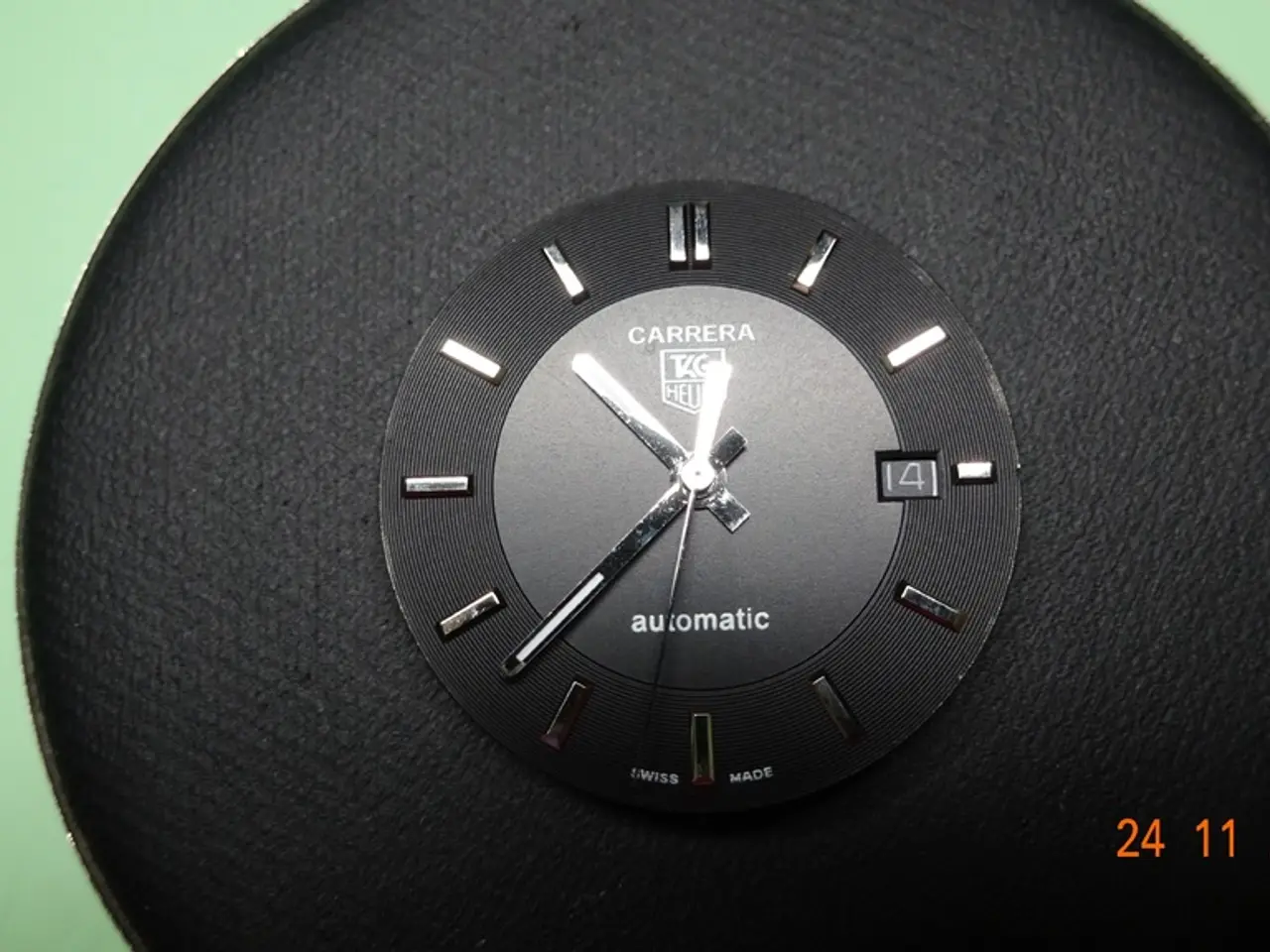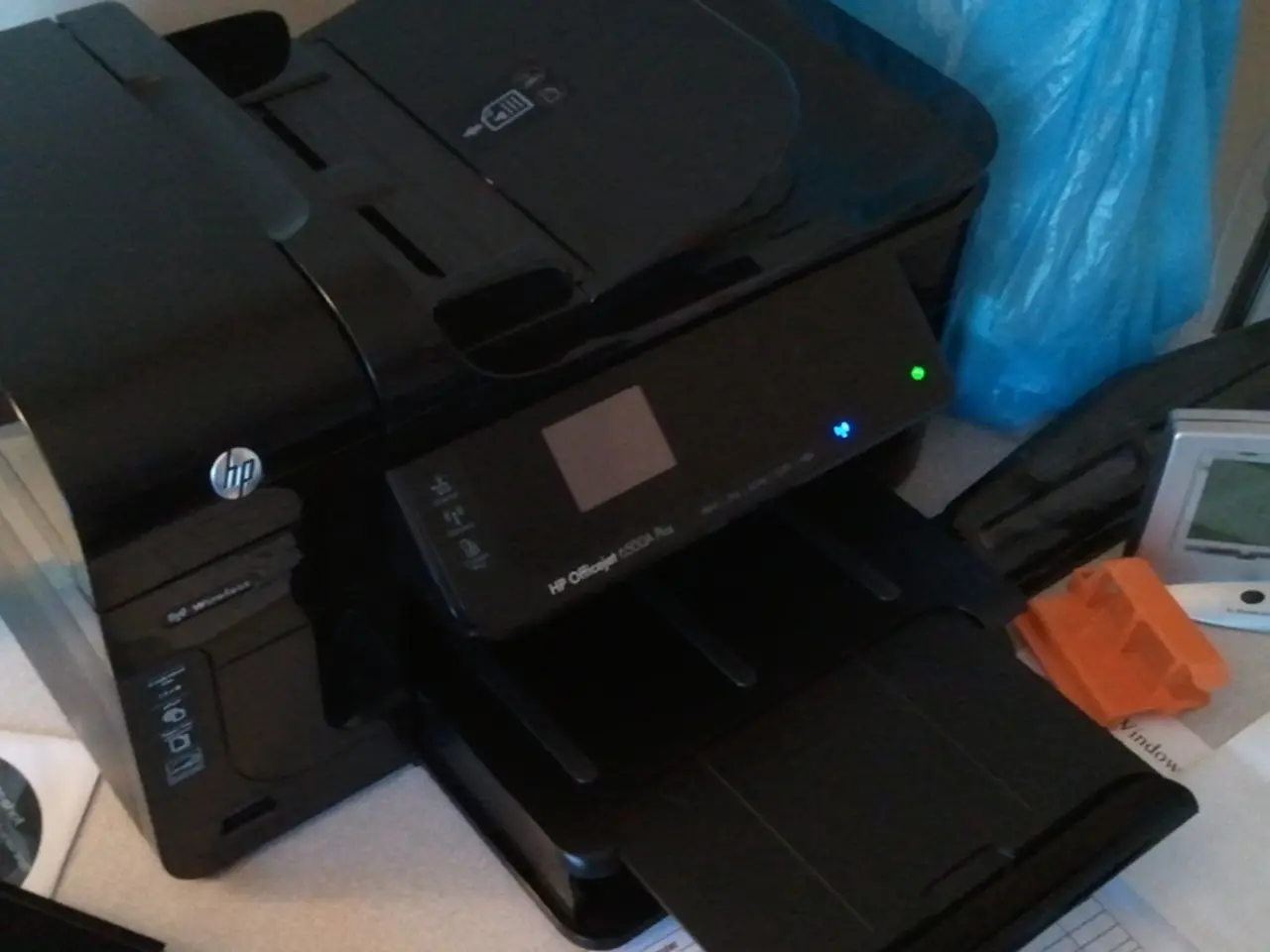Movement aiding HAC/HAU operations
In the realm of horological history, Hamburg Amerikanische Uhrenfabrik (HAU) clocks, also known as Hamburg American Clock Company (HAC) clocks, hold a significant place. Established in 1883, this German clockmaking company expanded its horizons and changed its name to reflect its international focus.
HAU was renowned for producing clocks that were both aesthetically pleasing and mechanically sound. Their clocks, often exported to countries like the United States, gained popularity for their reliability and quality. During the period between 1900 and 1910, HAU clocks were distinguished by their mechanical precision, durability, and intricate craftsmanship.
One such clock, recently acquired through an online estate auction, showcases these characteristics. The movement, a typical 14-day German time and count-wheel strike, continues to run well after assembly. It required no particular issues during setup, with the exception of a few attempts setting up the warning on the strike side. The movement has been assembled, oiled, and serviced, with 9 bushings used during the process, and a couple of pivot holes exhibiting wear that were bushed during the servicing.
The clock's movement, hailing from the Hamburg Amerikanische Uhrenfabrik (HAU), is a testament to the company's mechanical expertise during this era. It's worth noting that HAU was later acquired by Junghans in the late 1920s. The time side mainspring bears the HAC cross arrows, suggesting it may be original. The movement also features slightly thicker plates, no cutouts, and no extraneous holes, indicating a well-designed mechanism.
HAU clocks from this period are highly sought after by collectors for their historical significance, craftsmanship, and nostalgic value. These vintage clocks, like the one in question, are often restored to maintain their original beauty and functionality, ensuring they remain part of horological heritage.
[1] "Hamburg Amerikanische Uhrenfabrik (HAU) - History," The Clock Warehouse, https://www.theclockwarehouse.com/hamburg-amerikanische-uhrenfabrik-hau-history/ [2] "Hamburg American Clock Company (HAC)," American Clock & Watch Museum, https://www.americanclockandwatchmuseum.org/collections/hamburg-american-clock-company-hac/
Today, collectors of vintage timepieces are drawn to smart-home devices that embody the legacy of mechanical clocks like the HAU. Suspending the progress of digital timekeeping, gadget enthusiasts covet the coexistence of technology and traditional craftsmanship in smart-home-devices. For instance, a unique smart clock could faithfully replicate the original HAU 14-day German time and count-wheel strike movement, blending the past and future of horology.




